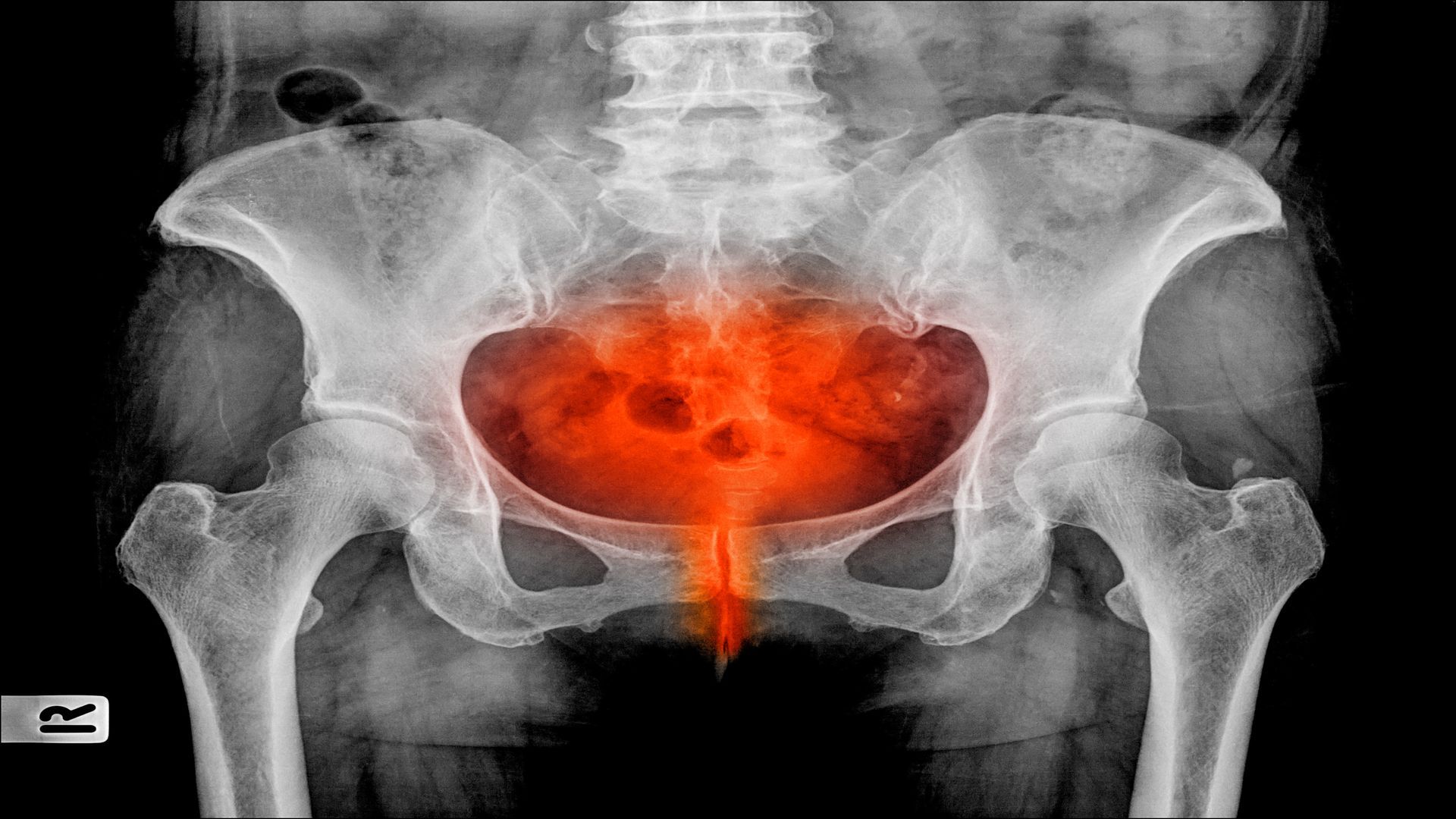Enhanced Test for UTIs Detects More Bacteria Than Standard Test
One of the primary ways physicians diagnose urinary tract infections is with a test that detects bacteria in urine. A new enhanced test, developed at Loyola University Chicago, detects significantly more bacteria than the standard test, according to a study presented at a meeting of the American Society for Microbiology in New Orleans.


One of the primary ways physicians diagnose urinary tract infections is with a test that detects bacteria in urine. A new enhanced test, developed at Loyola University Chicago, detects significantly more bacteria than the standard test, according to a study presented at a meeting of the American Society for Microbiology in New Orleans.
The study, by a multidisciplinary team of basic scientists, clinical microbiologists and obstetrician gynecologists at Loyola University Chicago and Loyola Medicine, was presented by Travis Price, a PhD student in the lab of Alan Wolfe, PhD. Wolfe is a professor in the department of microbiology and immunology at Loyola University Chicago Stritch School of Medicine.
Urinary tract infections (UTIs) are among the most common reasons for visits to doctors' offices and emergency departments. A UTI is an infection in the urinary system, usually involving the bladder and urethra. Women are at higher risk. Symptoms include a strong urge to urinate, a burning sensation when urinating, pelvic pain and urine that appears cloudy or discolored. Antibiotics often are the first-line treatment.
The current test for urinary tract infections is called a standard culture. In a lab, a sample of urine is added to a substance (growth medium) that promotes the growth of bacteria that may be in the urine. Two growth media are used and samples are incubated for 24 hours in room air.
The new test, called enhanced quantitative urine culture (EQUC), uses a higher volume of urine. In addition to room air, samples are incubated in air containing a high concentration of carbon dioxide and in an anaerobic (absence of oxygen) environment. Samples are incubated for 48 hours in three growth media.
The study enrolled 150 urogynecologic patients, half of whom reported symptoms of UTIs. Urine samples from the patients were subjected to both the standard culture and the EQUC tests. In 69 of the 75 women reporting UTI symptoms, the EQUC test detected one or more bacteria species, for a total of 110 species. Using the standard culture, only 50 percent of these bacteria species were identified. The standard culture identified most of the E. coli bacteria, but only 24 percent of the non-E. coli bacteria.
Loyola researchers will soon launch a clinical trial to investigate whether using the EQUC method could improve the clinical care of women with UTIs. The trial will enroll 225 women who have UTI symptoms. Seventy five women will receive the standard culture plus EQUC and 150 women will receive the standard culture alone.
The clinical trial will be headed by Elizabeth Mueller, MD, Loyola Medicine division director of female pelvic medicine and reconstructive surgery and a co-author of the EQUC study.
"EQUC is a tool," Mueller said. "Now we have to figure out the best way to use it."
The EQUC study is titled, "Detecting Clinically Relevant Microorganisms: We can do better." Other co-authors are Tanaka Dune, MD, Evann Hilt, MS, Cynthia Brincat, MD, PhD, Linda Brubaker, MD, and the late Paul Schreckenberger, PhD.
Source: Loyola University Health System